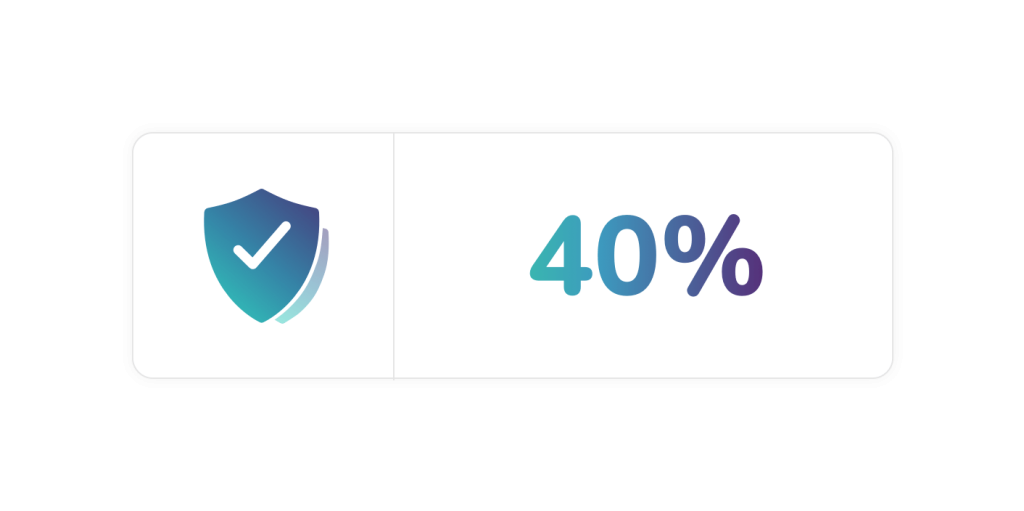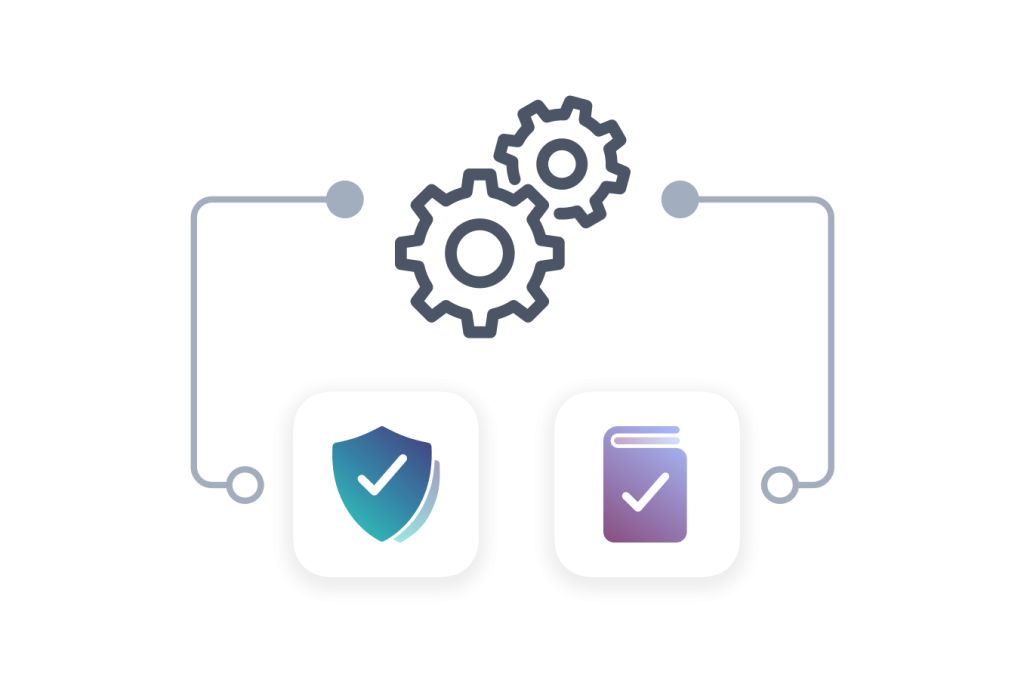In an increasingly digital workplace that spans multiple jurisdictions and international boundaries, organisations must consider numerous sensitive issues that concern both legal authorities and the general public. Rules concerning data management and individual privacy are enshrined in law in many areas, just as laws and regulations exist concerning safety, business processes, and other matters.

According to a recent report, over 40% of IT security budgets are now consumed entirely by regulatory requirements and compliance obligations. Simply adhering to these laws and regulations may consume upwards of 10,000 labour hours for each compliance requirement. As a result, 58% of businesses view the associated costs and constraints of meeting compliance regulations as a barrier to embracing new opportunities.
What does regulatory compliance mean?
In numerous industries and in many countries across the globe, there exist sets of laws and regulations that govern safety management, operating procedures, information handling, interactions with consumers, and other areas of concern. Regulatory requirements as set out by these laws and industry standards can be strict and comprehensive — and failure to meet these compliance requirements may incur stiff financial penalties, or even criminal prosecution.
Regulatory compliance is the extent to which an organisation or business entity meets the practices, monitoring techniques, and other procedures associated with a particular compliance regime.
Some examples of regulatory compliance regimes include HIPAA, or the Health Insurance Portability and Accountability Act (which sets out data retention laws and practices to ensure the safety of Personal Health Information), the Payment Card Industry Data Security Standard, or PCI DSS (which governs transactions in the financial services and consumer payment processing sectors), the European Union’s General Data Protection Regulation (GDPR) and the California Consumer Privacy Act (CCPA), which lay out data retention laws and privacy protection measures across numerous sectors of the economy.
![[FREE GUIDE] How To Create Your Own Intranet Governance Policy](https://no-cache.hubspot.com/cta/default/5025095/361f3e64-a6c7-449a-a9b2-fdd3f96daccf.png)
What is regulatory compliance and risk management?
Compliance risk or integrity risk is the degree of exposure that an organisation faces to financial penalties, legal action, or material losses, due to its failure to act in accordance with industry laws and regulations, regulatory compliance frameworks, internal policies, or prescribed best practices. These risks are real and tangible, and may result in loss of revenue, damage to the reputation of a business, and the loss of business opportunities.
Compliance risk management is a formalised process for identifying, assessing, and mitigating potential losses that may arise from an organisation’s inability to meet its compliance requirements. At its heart is risk assessment, which involves identifying and evaluating the potential risks that threaten the ability of an organisation to remain compliant with relevant laws and safety regulations. For example, the GRC framework coordinates Governance, Risk and regulatory Compliance with IT strategy.
Many organisations hire regulatory compliance and risk management professionals to help them identify and correct potential compliance violations, and to ensure that clear documentation of this activity is available for monitoring, implementation, and audit purposes.
How does automation assist the regulatory compliance process?
Regulatory compliance software can also help organisations to minimise and manage business compliance risks. By automating regulatory compliance management, organisations can combine data collection, intelligent algorithms, and predefined controls, to streamline the entire compliance management process.
Some tips for automating regulatory compliance management
If you’re looking to automate your regulatory compliance management processes, bear the following recommendations in mind:
1. Know what your compliance requirements are
First of all, you will need to know which regulatory compliance frameworks, safety regulations, industry standards, and laws apply to your organisation. Depending on the scope and nature of your business (financial services, health care, direct to consumer, etc.) you may need to consider guidelines and regulations that apply at local, state, federal, regional, or even international levels, and submit to periodic monitoring and audit activities.
2. Include your supply chain partners in the risk assessment
Your vendors and supply chain partners must also contribute to your overall compliance status, with practices that align with all relevant regulatory requirements. Your compliance database and software installations must therefore extend to these third parties. Ideally, you should look for a regulatory compliance automation solution that supports multi-tenancy, to give numerous users secure access to the same platform.
3. Integrate your compliance automation platform with other business tools
Integrating your regulatory compliance management system with other business platforms will minimise the impact of the compliance function on the work of other business units. With integrated systems, it is also easier to monitor how regulatory changes affect the ecosystem.
4. Design for flexibility
Speaking of regulatory changes, safety regulations and regulatory requirements may change over time — and your regulatory compliance management solution must be adaptable enough to cope with such regulatory change. Besides occasionally upgrading the software, you will also need to regularly evaluate, assess, and revise your approach to regulatory compliance as a whole.
Final Considerations

While automation can make regulatory compliance management more efficient and effective, the compliance management process still demands a level of human input and oversight. Automation can cover the manual collection and evaluation elements of the required business processes, but regulatory compliance officers must still play a role for any business organisations that operate in a sector that is subject to audit inspections, data retention laws, and other compliance regulations.
These officers must take responsibility for overseeing compliance controls, proactively using the analytics and reports generated by regulatory compliance management processes to communicate with the executive level and communicating to the workforce the importance of adhering to compliance requirements and all laws and regulations relevant to the industry.
Regulatory compliance officers must also interact and collaborate with third-party advisors and technology providers who are relevant to the regulatory compliance management process. Due to the potential severity of the consequences for compliance violations, it is therefore important to choose a compliance partner that you can trust.
Claromentis is an easy-to-use, integrated and highly customisable platform that sits at the heart of your digital workplace, bringing your employees together for better collaboration with tools that enable people to communicate, share information, and build a community, wherever they are based.
Our business platform is HIPAA, ISO 9001:2015 and ISO 27001 compliant, helping you meet industry regulations and data privacy law requirements within your organisation. Claromentis empowers non-techies to build feature-rich intranet solutions and productivity platforms that combine e-forms and automated workflows, targeted employee communications, learning and development tools, and project and task management.
To discover how Claromentis can help you in automating your regulatory compliance management processes, book a personalised demo.





